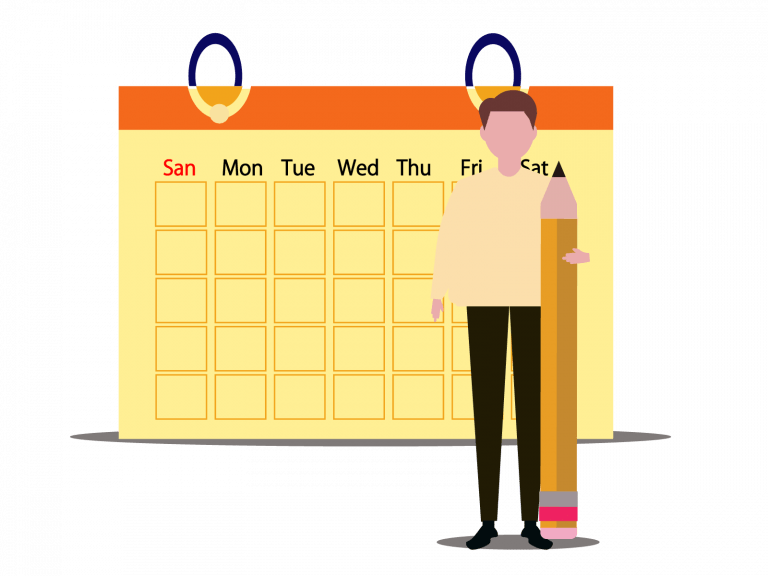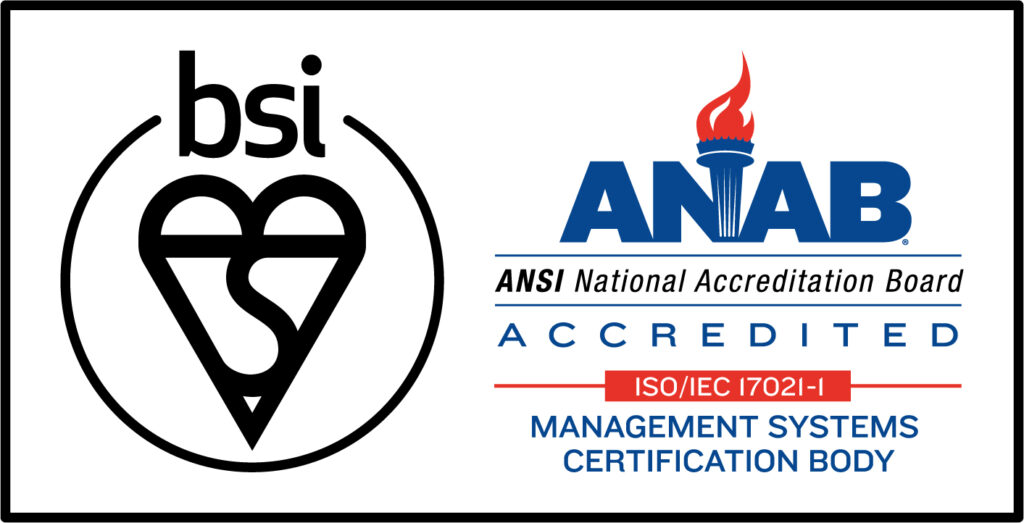Introduction
A resource manager’s main goal is to ensure that a business has ample resources to execute its tasks effectively. In circumstances where more resources are needed, it becomes challenging for organisations to carry out their projects.
It might take a lot of work to estimate the number of workers you need to handle projects and tasks. In addition, the issue becomes more complex and troublesome, especially in a multi-project setting where you are required to strike a balance between the growing number of project duties and the existing staff available to perform these duties.
Resource capacity planning is one effective method that enables organizations to address these issues and guarantee an adequate and appropriate project workforce.
If your company is also confronting these problems and you want to address these in the best manner possible, this article is for you. Let’s discuss what resource capacity planning is, the benefits you will get, its main components, and some of its best practices. So without wasting any more time, let’s jump right into it!
What Is Resource Capacity Planning?

Resource Capacity Planning basically involves striking a balance. It entails estimating the total number of tasks or projects that must be carried out by your company’s total resources, choosing the projects and activities that those can handle, and aligning the workload with these particular resources that are easily accessible to satisfy both the present as well as the future demands for the services your organisation provides
In a nutshell, Resource Capacity Planning facilitates the early detection of problems and issues that may occur. By doing this, they tend to ensure the completion of projects. Not just that, it also helps maximise the use of all available resources throughout the business.
Now that we know what Resource Capacity Planning is, let’s understand the difference between resource and capacity planning.
Difference Between Resource Planning & Capacity Planning
Many people often confuse both of these terms to be the same. However, this is not the case. Resource planning primarily deals with selecting and allocating particular resources throughout activities and tasks. On the other hand, capacity planning ensures that there are enough resources available to begin a particular project.
For that reason, capacity planning could be thought of as the investigator’s job, in which it is checked before the true planning of the task begins to see if the expertise, roles, members of the team, and resources required are certainly accessible to complete the work which is coming.
While resource planning, on the other hand, focuses on finding the best method for utilizing the already available resources. Your staff and resources must be synchronised in real-time during resource planning so that tasks are given, and resource usage is tracked simultaneously. Resources must be managed, led, as well as coordinated in order to execute a task. This is basically what resource planning entails.
Benefits Of Resource Capacity Planning
There are several amazing benefits that a company can get if they make use of Resource Capacity Planning. Following are a few of these:
1 Avoids project delays
Estimating the necessary resources is so important for project progress. Without it, the project might be delayed because of the shortage of resources. Especially. human resources cannot be prepared soon. It takes some time. This is why resource capacity planning is significant for projects.
2 Saves the budget
Resource capacity planning can save the budgets of projects as a result. It shows the minimum necessary resource for projects. With proper planning, you do not have to prepare useless resources.
3 Reduces complaints from employees
Through planning resources and capacity, managers clarify average throughput of employees. Then, you might notice that some employees have large load and others have less than it. You can equalize the load and reduce complaints.
Important Components Of Resource Capacity Planning
There are vital components of Resource Capacity Planning that an organization must consider. The following are these important components:
1 Estimating the necessary resources and available resources
Project managers initially make sure of the necessary resources to advance the projects: workload, skill, equipment, budgets and so on.Then, they collect information on the resources already available at their organization.
If you have enough resources, there is no problem. However, it’s not always so. At that time, you must clarify what and how much resources you need and consult with your boss.
2 adjusting the resource allocation
Even if you have enough resources available, managers should allocate resources efficiently. For example, there might be a situation where much resources are needed at a certain phase of the project but less at other phases. If possible, you should adjust the phases and advance the project with as few resources as possible.
3 monitoring the progress
There are few situations where everything is on schedule. Managers must check the progress periodically and if there is a problem, they must adjust the resources and solve it.
6 Best Practices Of Resource Capacity Planning

Resource Capacity Planning, as we have already seen, is extremely beneficial for a company or an organization. Here are some of its best practices:
1 Start tracking Time And Level Of Effort
For the purpose of having proper resource capacity planning, it is crucial always to have precise contributing data such that it is possible to make the correct projections. It implies that you must accurately know the time and effort required to finish a particular activity or task.
For example, if you estimate that a work will consume 2 hours, but it actually takes 3, your resource need estimations will be incorrect after that stage forward, endangering the correctness of overall resource capacity plans you might have. Isn’t that really dangerous?
Updating the plan is crucial according to the actual data.
2 Prioritize Projects For Resources Allocation
A common mistake that many companies and their management tend to make is that they do not really pay heed to prioritizing the projects. However, if one wants better results and outcomes, one must certainly prioritize their project.
You must determine the tasks that require prioritizing. These might be tasks that require immediate attention or are crucial to the company’s ability to generate income. Think about a project’s potential business effect compared to the resources needed.
3 Realtime updating Prepare Capacity vs Demand ratio and competency matrix
A company’s capacity vs demand projection must consider various factors, including the function, department, staff, location, abilities, etc. However, the difficulty is that this ratio varies with time and situation.
Ideally, managers should grasp this ratio and update the competency matrix in real-time. However, requesting employees to report too frequently is a big load, so managers should consider the balance.
4 Identify Dependency and Potential Bottlenecks
Identifying the dependency of the tasks and potential bottlenecks is another really important practice. If there is a bottleneck task, it should be completed with enough resources preferentially.
Determine the resources that are the bottlenecks and keep a careful eye on how these are being used to make absolutely sure they aren’t being overworked or creating a blockage.
You can accomplish this by periodically manually monitoring potential bottleneck resources, keeping track of the project’s status on an Excel sheet, or simply using the premier resource planning or project management software. One of the best ones in this regard is the top-quality software VoicePing.
5 Determine The True Work Availability
Determining the true work availability is one of the most important practices of Resource Capacity Planning. There is a good chance that even though your employees have around 9 or 8 hours of shifts and work 5 days a week, they may not be performing “real work” for the entire time they are on their shift.
This implies that you must take into account that time is spent on work that is transactional tasks like information-seeking, reviewing and replying to emails, and attending meetings. This is to precisely assess your staff’s genuine availability of work and then proceed according to that.
In truth, you can immediately take steps to cut back on a number of these tasks, but before you can execute that, you must be clear about how much time each one is consuming.
If there is a difference between the estimated status of progress and the actual one, managers should analyze it and adjust the plan.
6 Include Room for Mishaps
Mishaps can happen with anyone and any of the organizations. No one is certain about what will happen and when. Therefore, you must allow additional time when designing your resource capacity to account for probable unforeseen events.
It is because you schedule your resources tightly and down to the hour, leaving no room for something other than that. Whatever could go bad will certainly cause your entire strategy to fall apart and jeopardize your timelines and future projects. Not only that, but it can also harm how your clients perceive you.
About VoicePing Software
In order to make things better for your company and to properly execute Resource Capacity Planning, you need to use premier quality software. VoicePing is one of the best in this regard.
Resource Capacity Planning becomes much more manageable and effective with the various top-notch features it offers for project managers. A productive Management feature that includes a time-tracking function can help you allocate the resources and budget in the best manner possible.
Multi-floor Operation feature that allows you to manage multiple teams and the information within the organization efficiently can also prove to be extremely beneficial for your company in Resource Capacity Planning. Workspace Function Management and Event Lot are some of its other phenomenal features.
Conclusion
We wish that this post has persuaded you and made you realize why Resource Capacity Planning is both essential and, at the same time, doable. If you would not verify the capacity of your staff, there are high chances of your project getting in jeopardy. This is because you may not be able to complete it on time without sufficient skilled staff.
Moreover, if you hire additional personnel through outsourcing, you risk going over your budget. That said, if you properly match capacity with demand, all of these situations may be averted. Remember that using Resource Capacity Planning software such as VoicePing will further strengthen the entire process.


